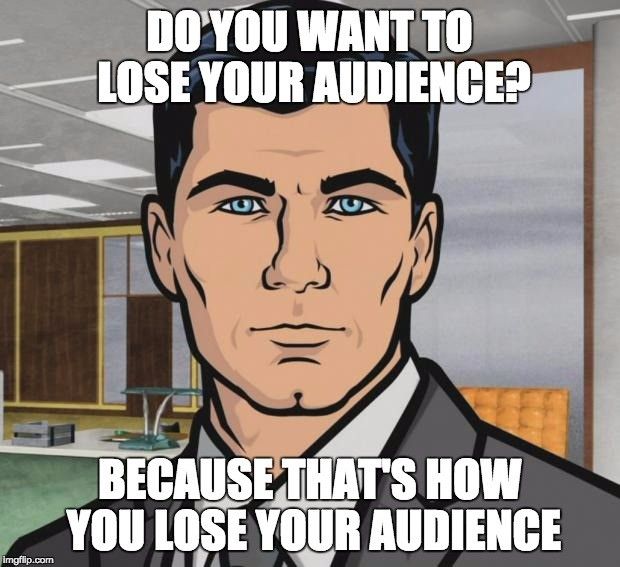Make no mistake: content errors harm your brand and SEO. How to optimize for audience trust. Whether you’re creating content for a standalone brand publication or a company blog, you want people and search engines to trust the information on your website is accurate and current. But if your brand consistently publishes content filled with errors, will it make your core audience start to question whether your brand can be trusted? They want to know the content they’re reading or watching comes from people who know their stuff. Is your content current? Ideally it should be one of the top editors or the trusted “face” of the publication. Update the post or be present in the comments and on social media around discussions about your content crisis. You have to decide if it’s worth bringing people to a page that has zero value to you. Check names (people, places, things).
How to optimize for audience trust. Plus, four tips for dealing with mistakes that can kill your brand’s reputation.
Trust matters. Whether you’re creating content for a standalone brand publication or a company blog, you want people and search engines to trust the information on your website is accurate and current.
Now, with engagement metrics seemingly becoming a larger factor in SEO, you can’t have one without the other. Google won’t trust (and reward rankings to) a website that doesn’t attract and engage an audience, and visitors won’t trust (or even find) content that doesn’t rank well on Google.
Trust is how you build that audience.
For publishers, content is your product and your brand. You establish a relationship with your audience through the content you publish.
Sometimes your content will simply fail to generate the traffic, rankings, shares, and leads you were hoping for.
But something even worse could happen. For most publishers, it’s inevitable. It’s not a question of if, but when.
You could publish content that contains inaccurate information. Not just small typos or spelling mistakes – stuff that’s worthy of an apology and a correction (or even a retraction).
Will such a huge mistake be forgotten by the following day? Perhaps, especially if you’ve built a really strong brand and you don’t make any more huge mistakes.
But if your brand consistently publishes content filled with errors, will it make your core audience start to question whether your brand can be trusted? Absolutely. Your brand will look amateurish.

Losing the trust of your audience will ultimately damage your brand and cause serious harm to your SEO efforts.
Optimize for your audience
You need to have a clear idea of your target audience. Who do you want visiting your site on a regular basis?
- What are the demographics of your target audience? Age, gender, location, job title, and income level are just a few elements that might matter to you.
- What topics are of interest to your target audience? What are their wants, needs, and pain points?
- What’s your content goal? Why are you creating this content – will it be the best answer or solution to a question or problem your audience has?
Figure out what topics your target audience wants to read about and will engage with. Provide that content to them and speak to them in their own language.
Optimize for authority
Although author authority may have gone out of style, authority still matters to your audience. They want to know the content they’re reading or watching comes from people who know their stuff. In other words: authors who are experts in their industry or niche.
- Do your authors have full biographies? At minimum, they need a byline, photo, and details on their career and areas of expertise. If any of these elements are missing, it raises serious questions.
- Do you make it easy for people to find contact information for your brand? Give your audience ways to connect with you how they want, whether it’s via social media, a contact form, email, or phone.
- Do you link to your sources? Doing so gives credit to the work that helped make yours possible, helps strengthen your argument, and can be helpful for anybody reading who might want to go deeper into that subject.
Optimize for accuracy
Your audience demands you to be accurate. When you get it wrong, you’ll hear about it – in your comments section, on social media, and (should things spiral too far out of control) on other websites.


COMMENTS